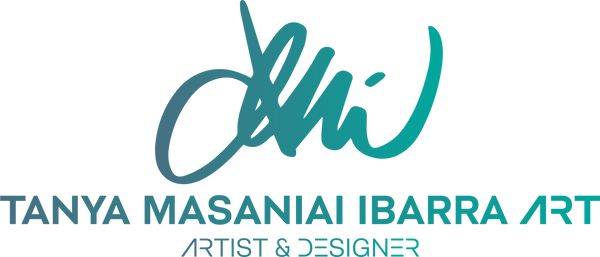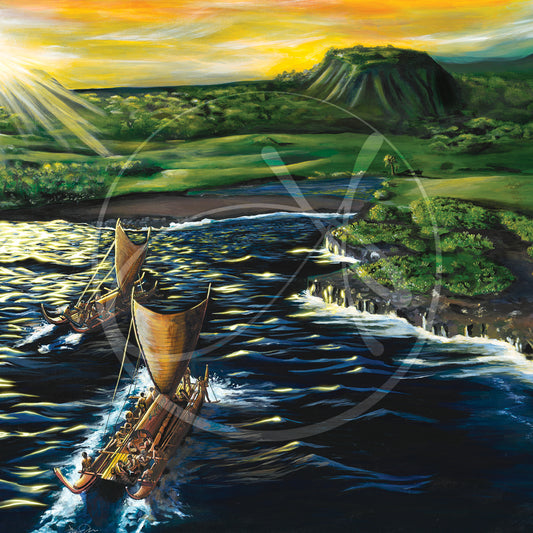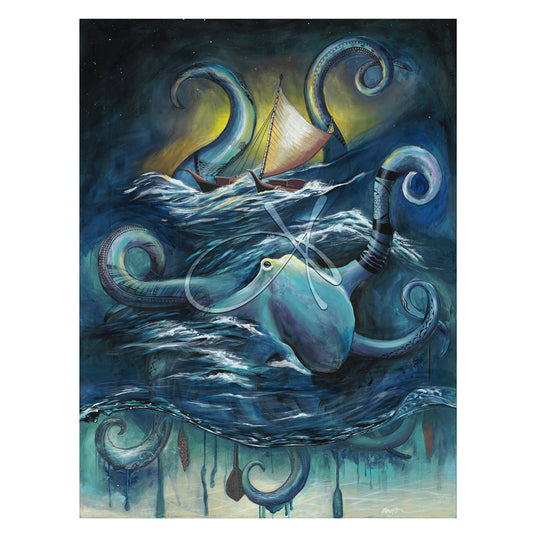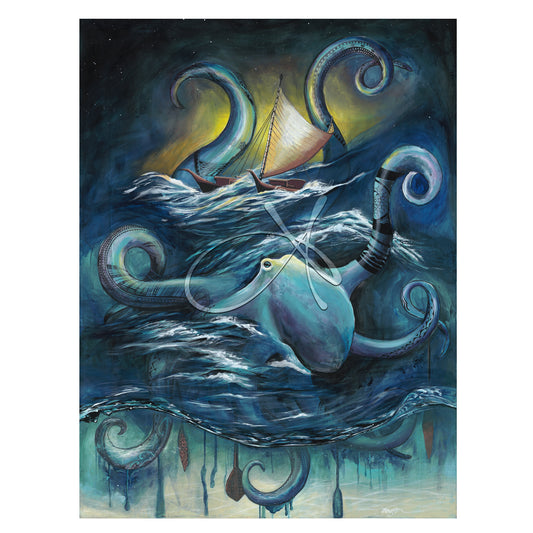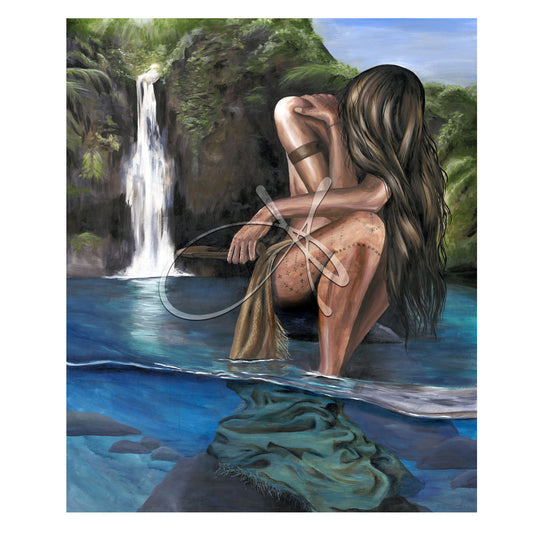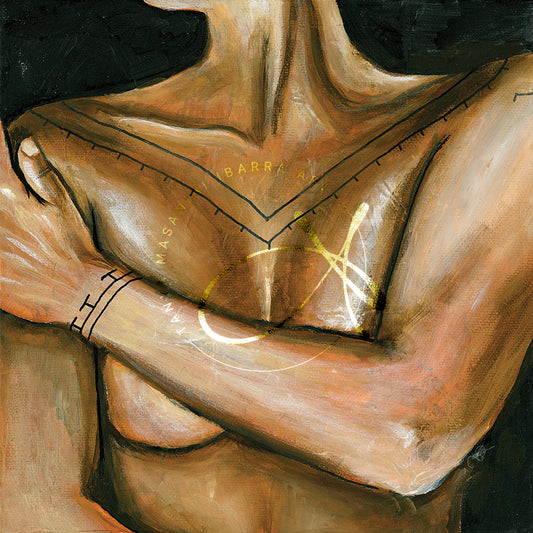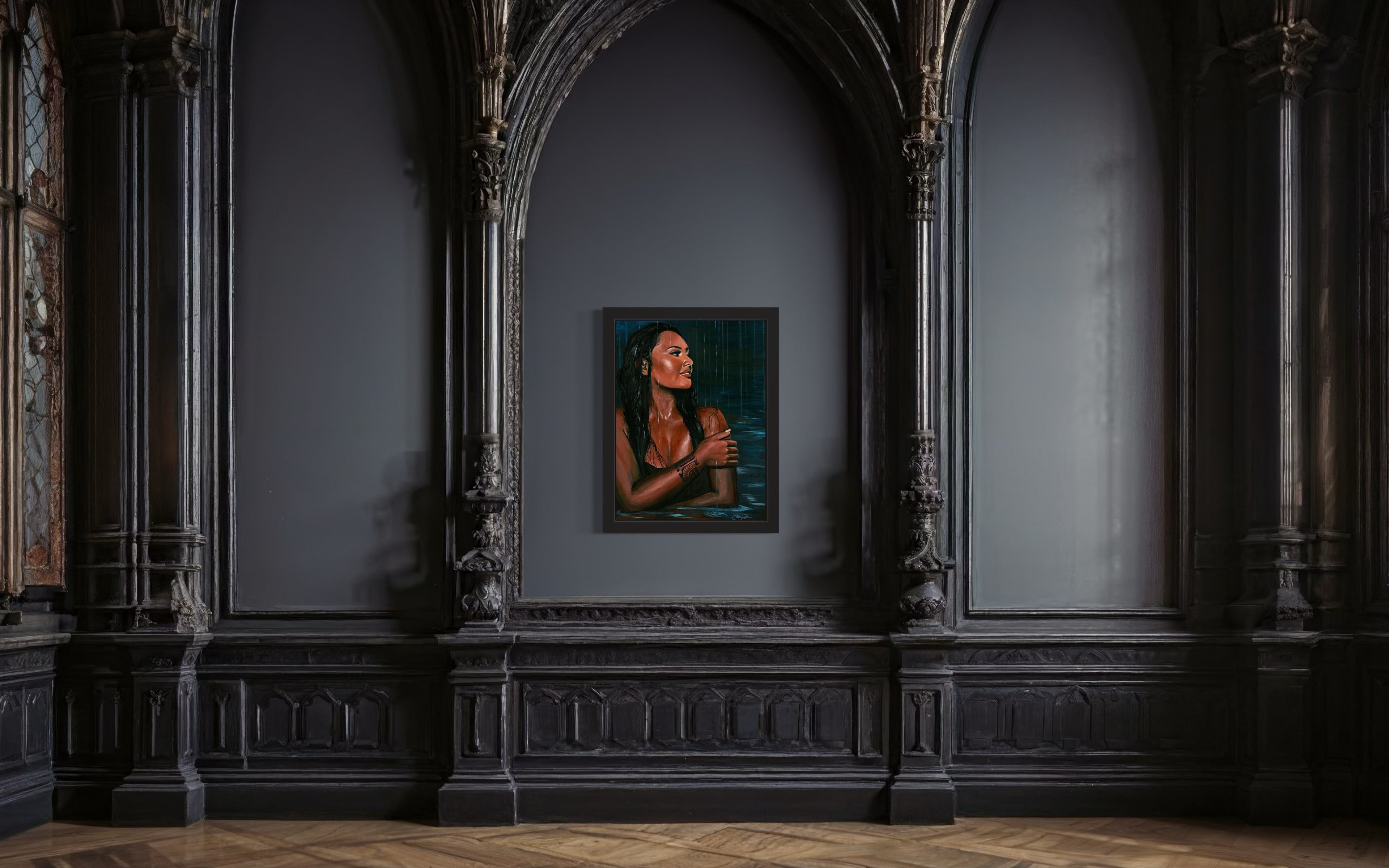
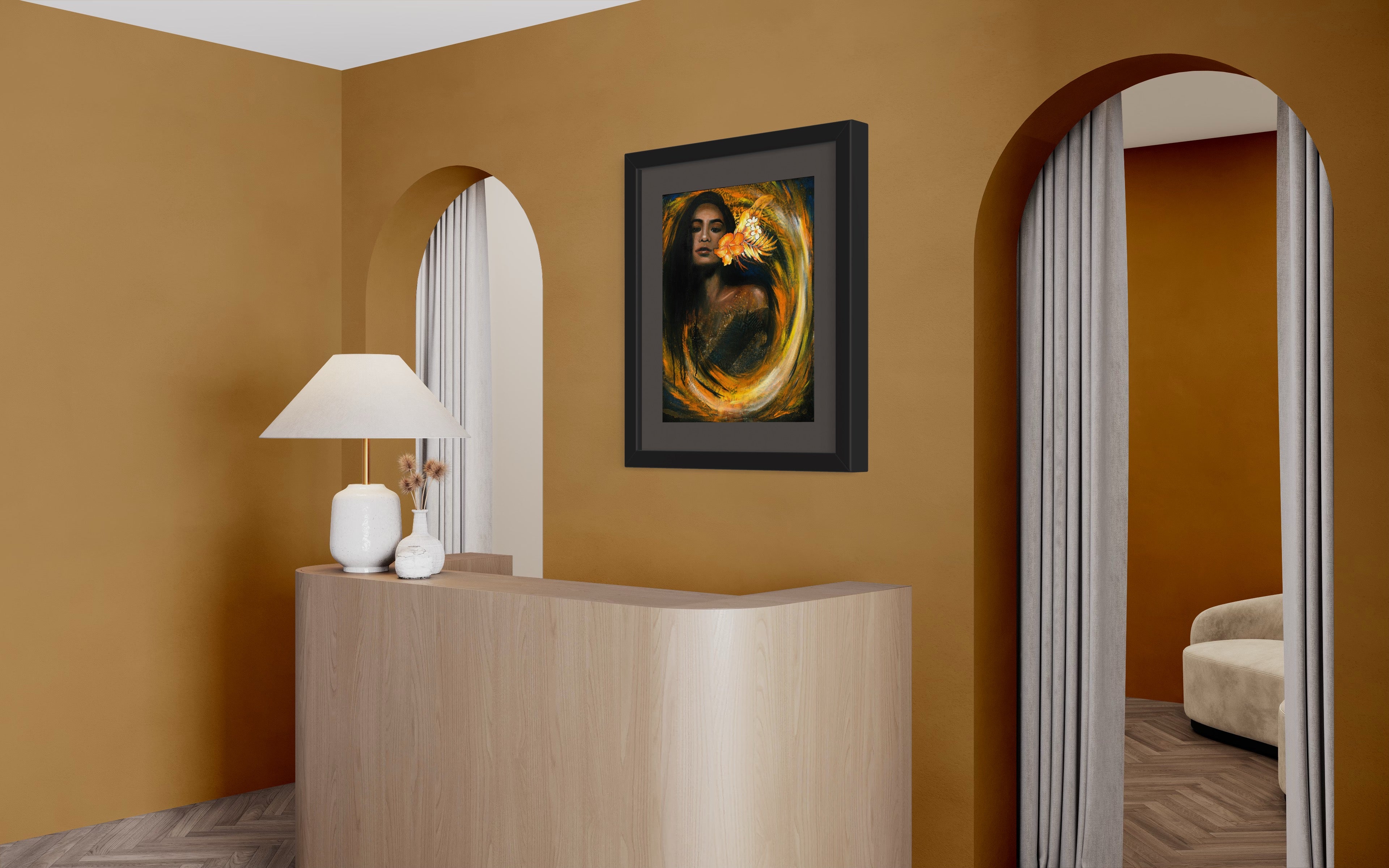
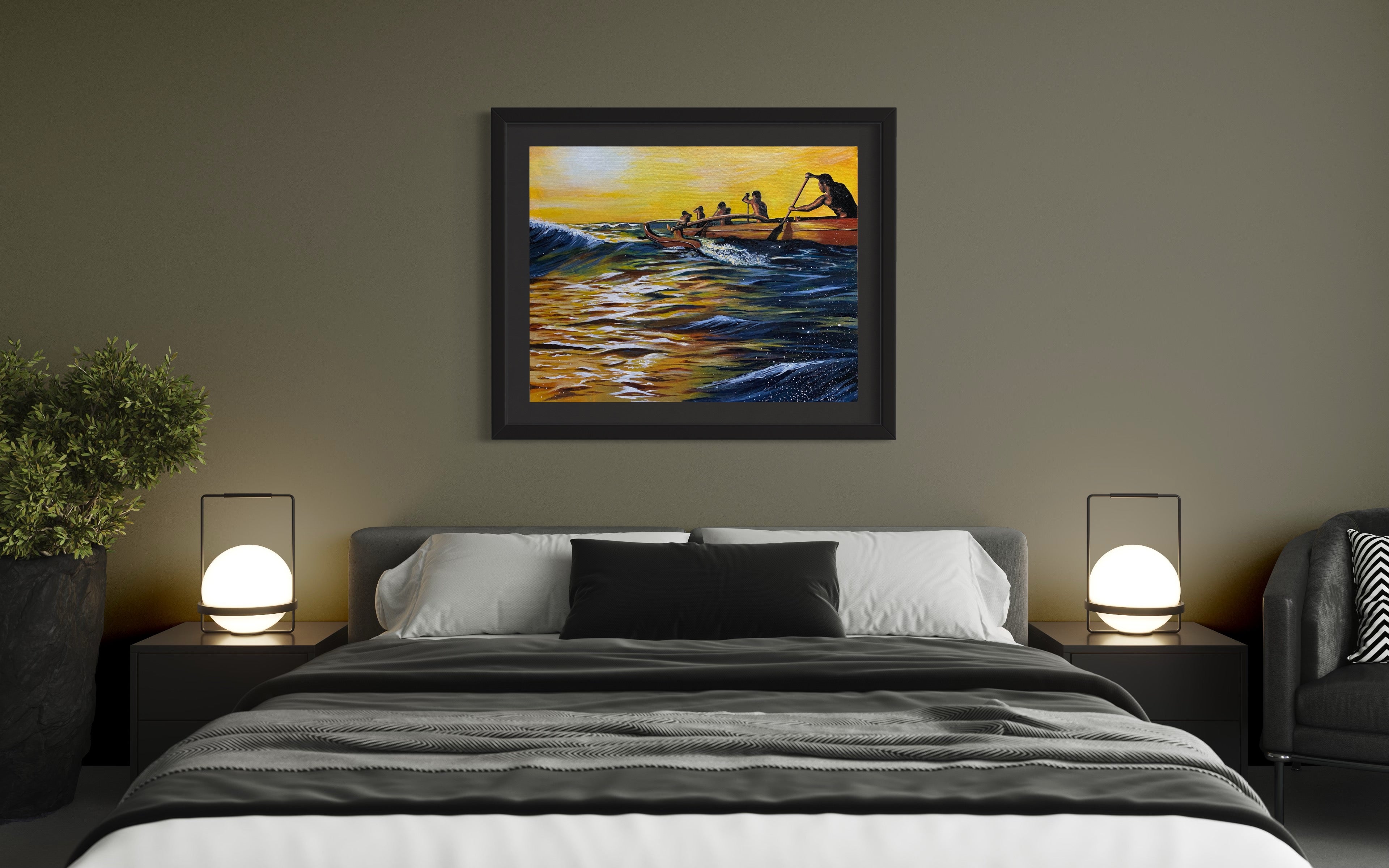
LEGENDS
The legends of Pasifika bring a deeper understanding of our ancestry, the culture, and the way that those before us viewed history and purpose.
-
"Nafanua Queen Warrior"
Regular price From $189 USDRegular priceUnit price / per -
"Moe Manatunatu"
Regular price From $189 USDRegular priceUnit price / per -
Daughter of the King Giclee Canvas Print
Regular price From $189 USDRegular priceUnit price / per -
"Ancient Punalu‘u"
Regular price From $189 USDRegular priceUnit price / per -
"Moon & Sea"
Regular price From $150 USDRegular priceUnit price / per -
Kanaloa Archival Paper Print
Regular price From $29 USDRegular priceUnit price / per -
Kanaloa - LIMITED
Regular price From $50 USDRegular priceUnit price / per -
"Legend of Turtle & Shark"
Regular price From $189 USDRegular priceUnit price / per -
Nafanua Queen Warrior
Regular price From $29 USDRegular priceUnit price / per
1
/
of
10
TATAU SERIES
Artwork based on the beauty of the tattoos (tatau) of Pasifika, these prints are part of a special collection series designed to showcase their differences and similarities.
-
TehinaMai Canvas
Regular price From $145 USDRegular priceUnit price / per -
"Va Tapuia Punialo" Tatau Series Canvas
Regular price From $145 USDRegular priceUnit price / per -
"Vaevae Mānava" canvas print
Regular price From $200 USDRegular priceUnit price / per -
"Hair" Tatau Series Canvas Prints
Regular price From $145 USDRegular priceUnit price / per -
"Aumakua" Tatau Series Canvas Print
Regular price From $350 USDRegular priceUnit price / per -
"Mixed" Tatau Series Canvas Print
Regular price From $199 USDRegular priceUnit price / per -
"Veiqia" Tatau Series Canvas Print
Regular price From $145 USDRegular priceUnit price / per -
"Sacred Malu" Tatau Series Canvas Print
Regular price From $199 USDRegular priceUnit price / per -
"Tualima" Tatau Series Canvas
Regular price From $145 USDRegular priceUnit price / per
1
/
of
9
MY ART STORY
Raised on the beautiful island of Tutuila, I was blessed to have access to artists, story-tellers, historians, and elders who shared their lives and experiences with us freely.
I have always felt a connection between my artwork and culture and legacy of my Pacific nation. Although many of the pieces have intricate details which are known only to few, I am honored by the excitement and emotions the artwork sparks in those who have acquired them.
